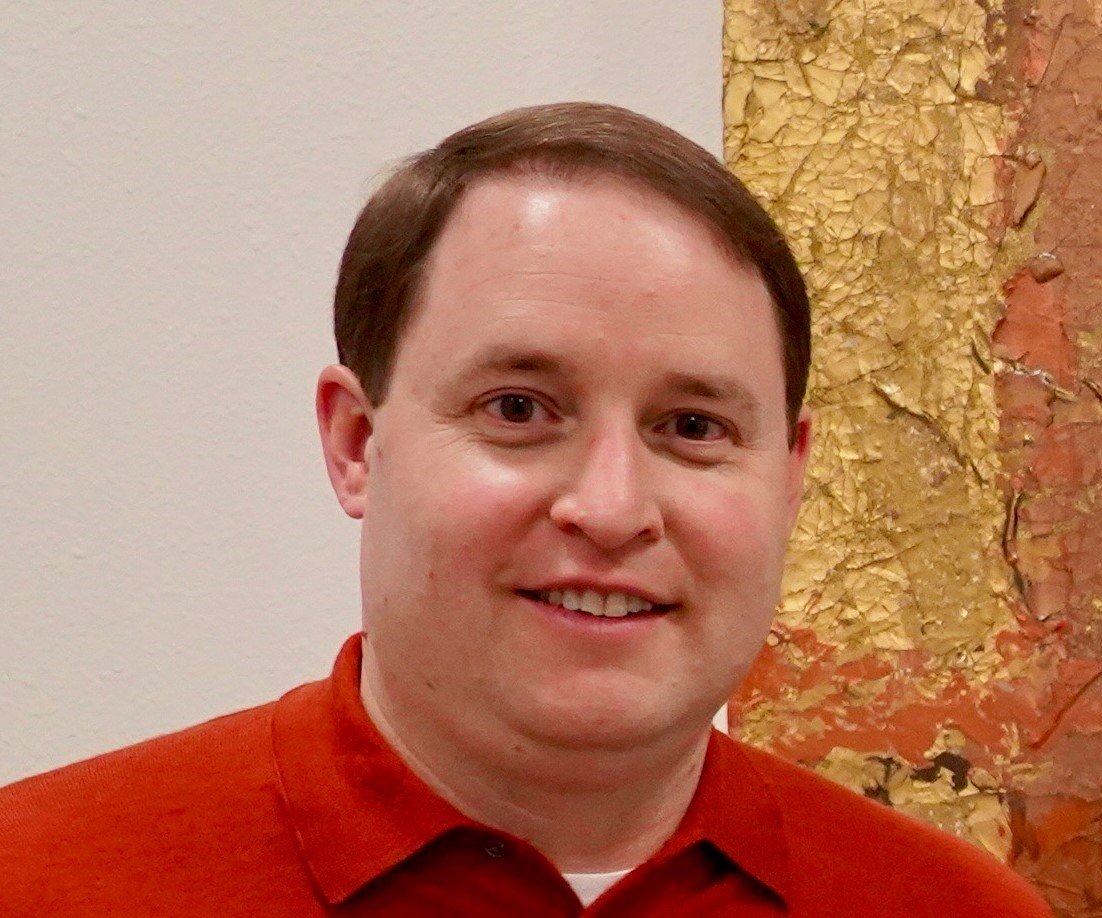Science + Sermons (A Guest Post)
Drew is a co-founder and executive director of Science for the Church and the lead editor of the weekly blog. Previously, he spent more than ten years with the John Templeton Foundation, most recently leading the Religious Engagement Department, where he developed programs helping religious leaders and media engage scientific content. Drew studied literature and physics at Northwestern University before attending Princeton Theological Seminary (M.Div.). Drew’s vocational passion is to help the church navigate the faith and science interface. Drew lives in Raleigh, North Carolina with his wife, a Presbyterian pastor, and their three daughters. He still proudly dons purple and cheers on his Northwestern Wildcats.
“To preach well, you must exegete the text and the congregation.”
That was the key takeaway from Intro to Preaching circa 1997 at Princeton Theological Seminary.
Going in, I knew the importance of understanding the Biblical texts. That’s a big reason why I went to seminary—to better understand Scripture.
But I had not considered the need to also exegete the congregation.
Several decades later, in my work with Science for the Church, I am keenly aware of the importance of both.
Science for the Church exists because science can help us better understand certain texts, and because science professionals (and many more science-minded individuals) are in our churches.
This is why I rarely preach a sermon that does not mention some aspect of science.
Science Illuminates Scripture
Let’s start with how science can illuminate scripture.
The very mandate to consider the book of nature as a resource for understanding God comes from the Bible (John 1:1-18; Psalm 19; Romans 1:19-20).
All things came into being through the Logos.
The Psalmist calls creation God’s handiwork and proclaims that it declares the glory of God.
Paul adds that God’s eternal power and divine nature have been seen and understood in what God has made.
What I love about science is that it reveals creation’s glory in ever-increasing detail, much beyond what most of us can see on our own.
Moreover, those same scientific insights can bring life to our sacred texts.
The Hubble Ultra Deep Field Image, now enhanced by the Webb Telescope’s deep field image, will forever change how we understand God’s promise to Abram (Genesis 15).
After a biologist introduced me to the basilisk lizard (aka, the Jesus lizard), I’ll never read the story of Jesus walking on water the same way.
Then there is all the scientific research on well-being, forgiveness, the groaning of creation, and many other themes that run throughout the scriptures.
Scientists not only make the Creator’s glory more vivid as they read the book of nature, but they illuminate themes—and therefore the related texts—that can enhance our preaching and teaching.
Scientists are in Our Pews
When we exegete our congregations, most of us will find science professionals in them.
Sociologists tell us that something like 12% of Christians are in STEM fields.
That’s one in eight people sitting in the pews each Sunday morning.
And that number could increase.
The Barna group indicates that half (52%) of college bound youth group attending teens will major in a STEM discipline in college.
And none of these data points account for the science-minded individuals who may not work in or study a STEM field but look to science as a reliable source of knowledge and a valuable cultural force that informs, at least in part, how they see the world.
We need to recognize these STEM students and professionals already in our churches.
Moreover, our ministry has found that congregations that intentionally engage science actually attract science-minded individuals into the church.
A failure to engage science well remains one of a suite of issues that keep the unaffiliated from coming to church.
Congregations that engage science in their preaching and teaching invite a subset of the “nones” and “dones” into the church to consider the place of science within our Christian tradition.
As I’ve preached in various congregations over the years, bringing my love of science into the pulpit, I’ve lost count of the number of science professionals and science-minded individuals who greet such messages with great enthusiasm.
Scientists feel seen when the preacher values what they do and what they are learning about God’s amazing creation.
how to Bring Science into Ministry
Helping church leaders bring science into ministry is the core work Science for the Church does.
We produce weekly newsletters, interview key thinkers working at the interface of faith and science, and provide worship materials and educational resources.
We encourage preachers and church leaders to do ministry with and for science professionals.
Please don’t hesitate to contact us if you seek help engaging science in the pulpit or any other aspect of your ministry.
As you exegete your congregation and surrounding community, and discover the science professionals around you, let us help you establish a science-engaged ministry that can energize your congregation.
I am not alone in using science in sermons.
Let me close paraphrasing retired PC(USA) pastor, and former homiletics professor, Wesley Avram from a recent webinar we hosted on preaching and science:
Science is part of the wider world we live in. It’s a lens with which to see that world. It’s a tool to help us understand truths the Gospel illuminates. So let science be part of what we preach, even though it does not have authority over the Gospel.
JOIN US IN THE PREACHERS’ HAVEN
Want a private space to discuss preaching and science—and other topics preachers are thinking about each week?
The Preacher’s Haven is a free, private Facebook group for preachers to share challenges, ask questions, and support each other as we proclaim Good News in a world that desperately needs it.


